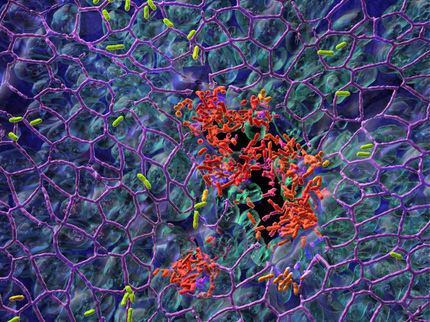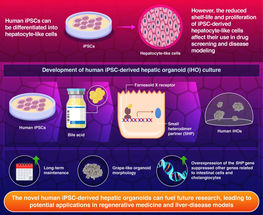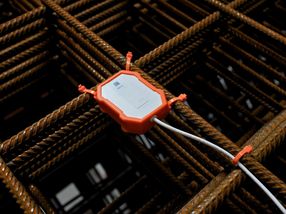Making sure that fondue meat doesn’t cause illness
Meat fondues or cooking at the table in little pans with the simultaneous preparation of raw meat, fresh vegetables and various sauces are popular forms of dining in winter. However, pathogens, potentially present in raw meat can be transferred to ready-to-eat foods, if they have contact with the same plate or the same cutlery. A high standard of kitchen hygiene should be observed when handling raw foods of animal origin during preparation at the dining table or in the kitchen. To this end, the Federal Institute for Risk Assessment (BfR) has published an updated leaflet with consumer tips on how to protect against foodborne infections caused by Campylobacter or other food germs. To protect against infections, the BfR again points to the necessity for food hygiene: “Campylobacter infections can be avoided by consistentl y separating raw meat – in particular poultry – from ready-to-eat foods,” says BfR president Professor Dr. Dr. Andreas Hensel. “Good kitchen hygiene also involves consistent cleaning of hands, kitchen utensils and surfaces on which foods are prepared. This has to be accomplished after coming into contact with raw products of animal origin and prior to the preparation of other ingredients of a meal”. An infection with Campylobacter bacteria is the most frequently reported foodborne bacterial disease in Germany and the EU. More than 70,000 cases were registered in Germany in 2014. In particular, small children and young adults get frequently infected. The consequence is diarrhoea and in few cases severe nervous diseases and reactive arthritis.
Also European authorities are paying special attention to the frequency of Campylobacter disease in humans in publications such as the recently published report on the zoonosis situation in the EU in 2014. Campylobacteriosis has been the most commonly reported bacterial, foodborne disease in Europe and Germany for many years. For the year 2014, both the Robert Koch Institute as well as the European Centre for Disease Prevention and Control (ECDC) have recorded an increase in the number of reported cases of 11.5% and 9.6% respectively over the previous year. The European Food Safety Authority (EFSA) is reporting an EU-wide increase in Campylobacter detection in broiler flocks in 2014 compared to the previous year, although there has been no change in the detection rate in chicken meat samples. In Germany, however, there was a significant increase in Campylobacter-positive samples from broiler flocks as well as from chicken meat in 2014 compared to 2013.
Campylobacter bacteria occur all over the world in pets and domestic animals as well as in the environment. They often find their way into foods through milking or slaughtering. Campylobacter is detected particularly often in raw poultry meat. Yet other raw or insufficiently heated foods of animal origin, such as hen eggs, raw milk and raw meat products such as steak tartare, can also contain the pathogen. Due to poor hygiene the bacteria spread to other foods during preparation, which can result in illness upon consumption of these foods. Even very small quantities of Campylobacter bacteria can cause intestinal infections in humans which are typically accompanied by stomach ache and diarrhoea. Nervous diseases (e. g. Guillain-Barré syndrome) and reactive arthritis can also occur as rare complications.
To avoid the consumption of foods contaminated with Campylobacter, attention should be paid in the kitchen to ensure that germs are not carried over from usually raw food to another food in a socalled cross-contamination process. The bacteria can be transferred directly from one food to the other if they come in contact when unpackaged. However, indirect transfer via hands, equipment, work surfaces, knives and other kitchen utensils is also possible. Bacteria can be transferred from uncooked fondue meat to ready-to-eat salad, for example, by using the same cooking utensils. Therefore, the utensils have to be changed in between.
As Campylobacter bacteria do not spoil the food, their occurrence cannot be recognised by the appearance or the smell of a dish. As with most foodborne pathogens, Campylobacter can be killed off by heating, i.e. through boiling, frying, roasting or pasteurising. The prerequisite is that a temperature of 70°C is reached at the core of the food for at least two minutes. Deep-freezing, on the other hand, cannot completely kill off Campylobacter, it can merely reduce the number of germs.






















































